
Rajasthan, India
Maruvan
Reviving India’s lost desert forest.
Maruvan is an ambitious project; a nursery, a tree seed bank and a forest.
Our goal is not only to create a forest and restore biodiversity but also to build a Research Center for reforestation. While researching for native trees species, we came to the realization that India does not hold an authentic tree seed bank. Maruvan will be a destination for anyone in India who’s in researching native trees, seeds as well as techniques for reforestation on arid terrain.
Forest Maker Afforestt
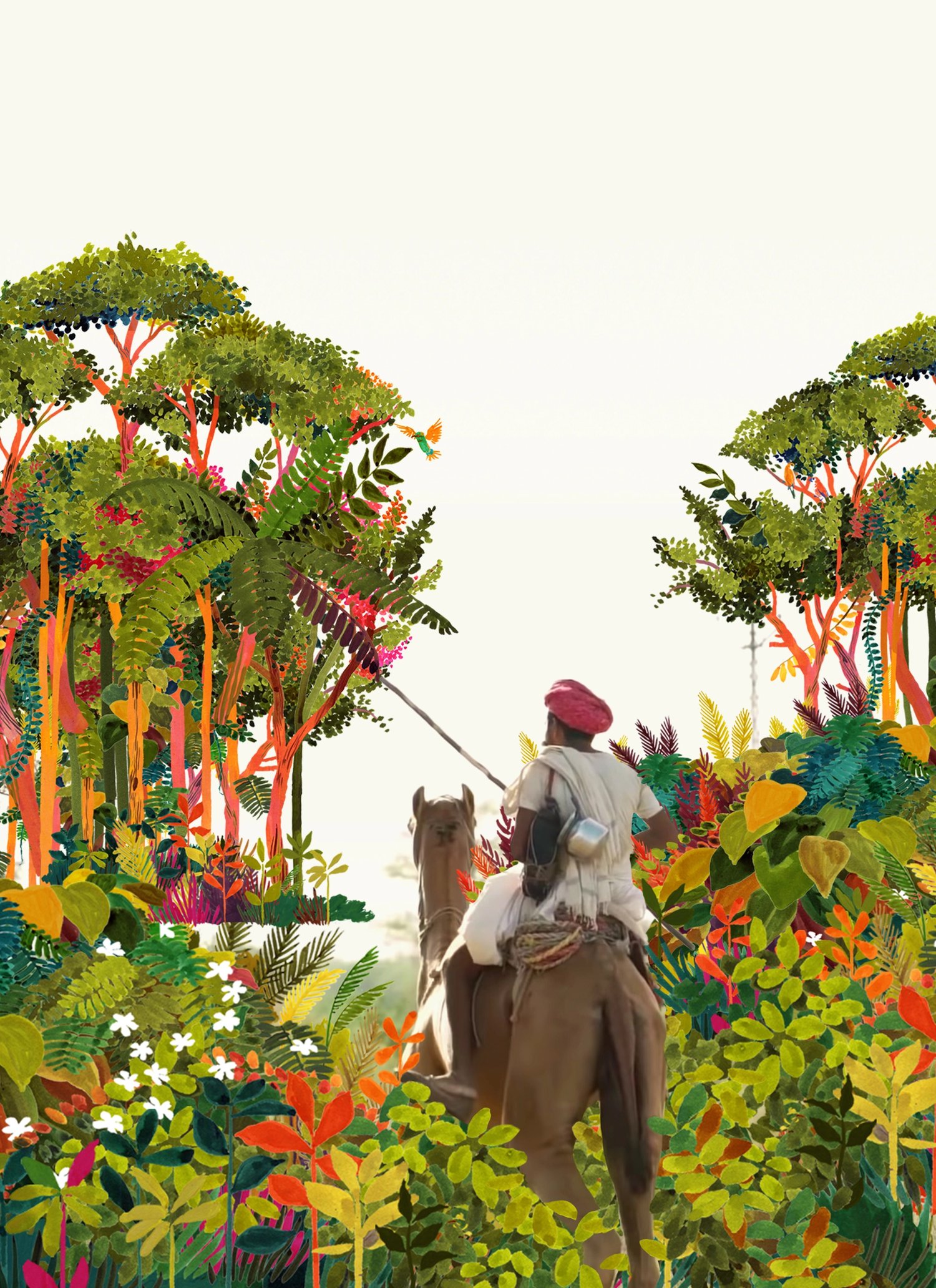
1,000
Trees
250
Square Meters
46
Native Species


Forest Partner

“Maruvan will be a destination for anyone in India who’s in researching native trees, seeds as well as techniques for reforestation on arid terrain.”
— Shubhendu Sharma
Forest Report: 2 Years
DATE: 12.11.2022
Survival Rate: 91%
Tallest Tree: 205cm
The tallest seedling is currently a Boraginaceae (Cordia sinensis). The smallest is the Rohida tree (Tecomella undulata) at 35cm.
We finally had amazing rains this year after a prolonged drought of 2 years. Maruvan is doing great and we haven’t watered it for the last 5 months. It is able to retain moisture in the soil and is forming its own mulch by shedding its leaves and grasses turning brown in stress seasons. Owing to good rains this year, our ponds are full and the water level in our open well has risen, increasing the moisture level of the entire forest area. It seems this forest won’t need water from now on and is already self-reliant.



Biodiversity Notes:
Biodiversity is increasing. This forest was twice grazed by Nilgai (Boselaphus tragocamelus) - the largest Asian antelope - due to lack of food in surrounding areas, which resulted in a slightly reduced average height of forest than expected. However, the forest has reached a stage where it can bounce back from such stresses on its own and mortality won’t be an issue now.
The forest will probably reach a stage next year where it will start producing flowers and seeds as seedlings. As such, more biodiversity will be attracted such as birds, insects etc.
We also observe that there are many new native fringe and mantle species being brought into the forest which we were not able to procure due to lack of availability. These species are establishing themselves.
Observed animals include species of snake, 16 species of bird and several types of pollinators, such as bees, wasps, and various butterflies. We continue to observe species including the porcupine (Hystrix indica), hedgehogs (Paraechinus micropus), desert fox (Vulpes vulpes pusilla), mongoose (Urva edwardsii), wild desert hare (Lepus nigricollis) and the desert gerbil (Meriones hurrianae).

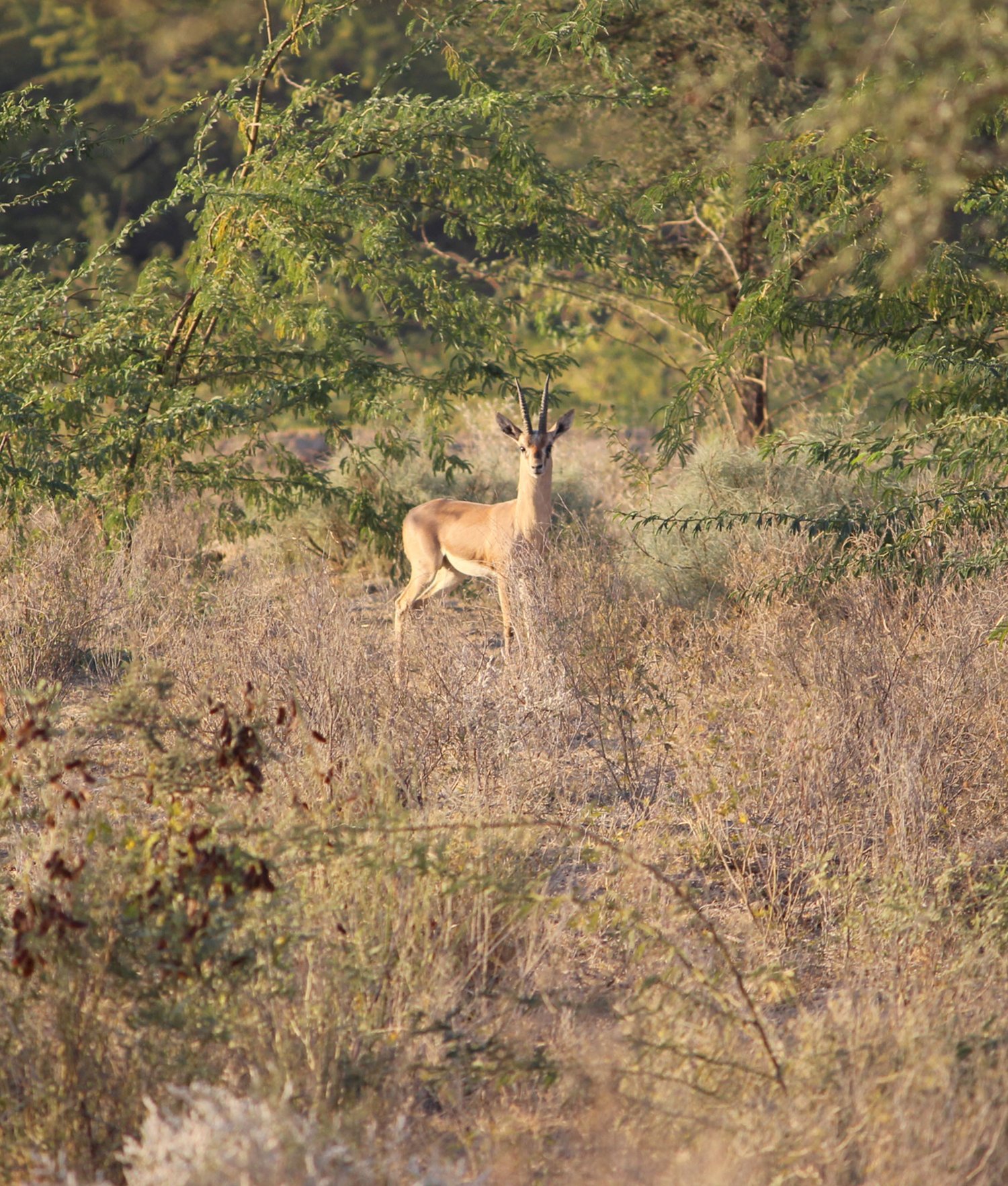

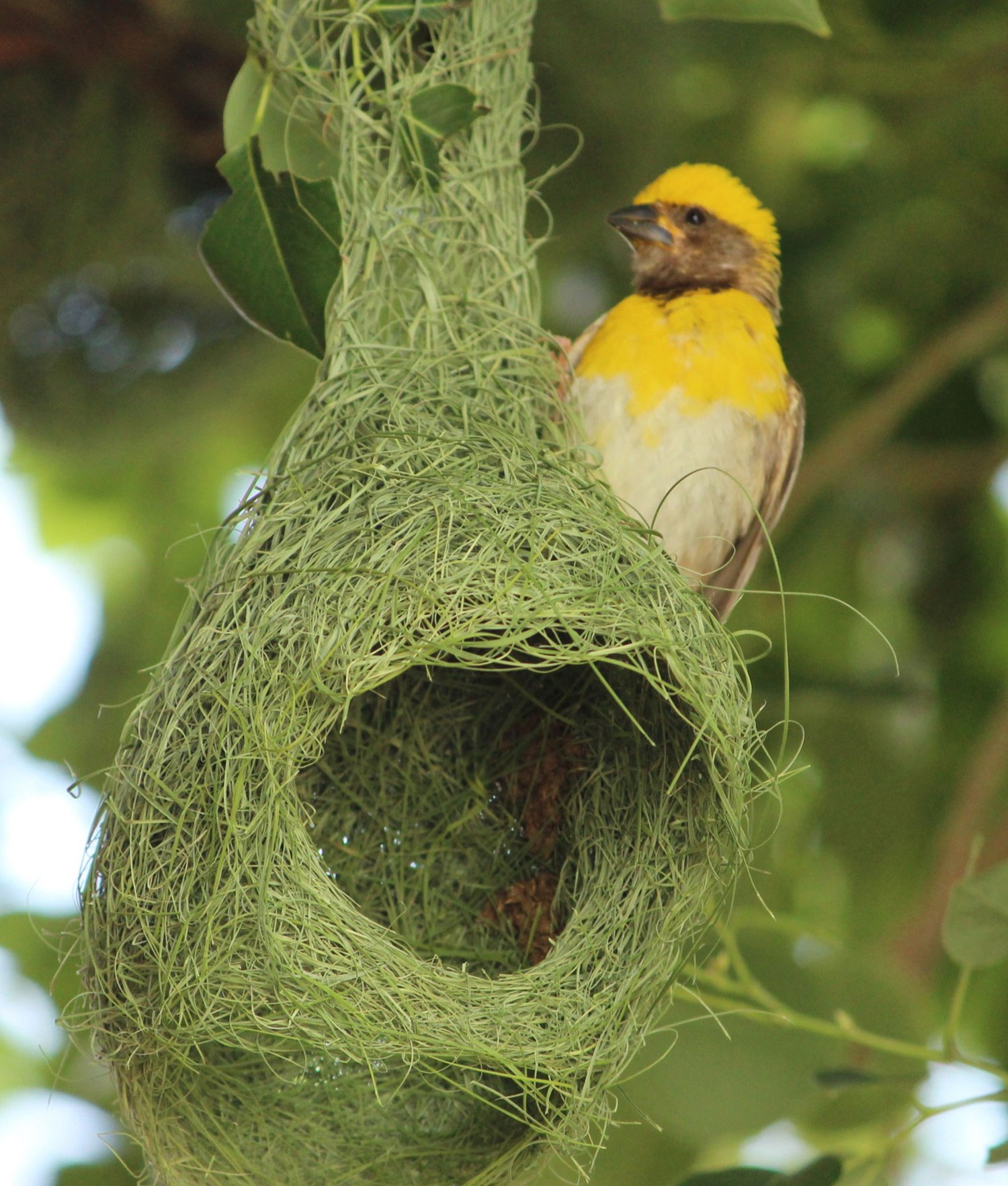
Forest Report: 1 Year
DATE: 12.11.2021
Survival Rate: 94%
Tallest Tree: 198cm
The tallest seedling is currently a Boraginaceae (Cordia sinensis) reaching 198cm. The smallest is the Rohida tree (Tecomella undulata) at 30cm. The average height of the forest is 90cm.
We were hoping for good monsoons this year (2021) as last year was drought. However, this year it was an even bigger drought than last year with almost no rains at all in our region. All our ponds and open wells ran dry and there was an acute shortage of water. Despite that this forest is doing great and has seen less mortality compared to other patches we did
in previous years.
The main reasons for this we think are the change in structure of forest we improvised by giving priorities to natural guilds, as well as using more hardy climax forest species for creating this forest. Also fringe and mantle zone which included grasses and perennial and annual herbs and shrubs around the guilds have been very functional in protecting the moisture in ground and creating micro habitats for inner guilds to do well.
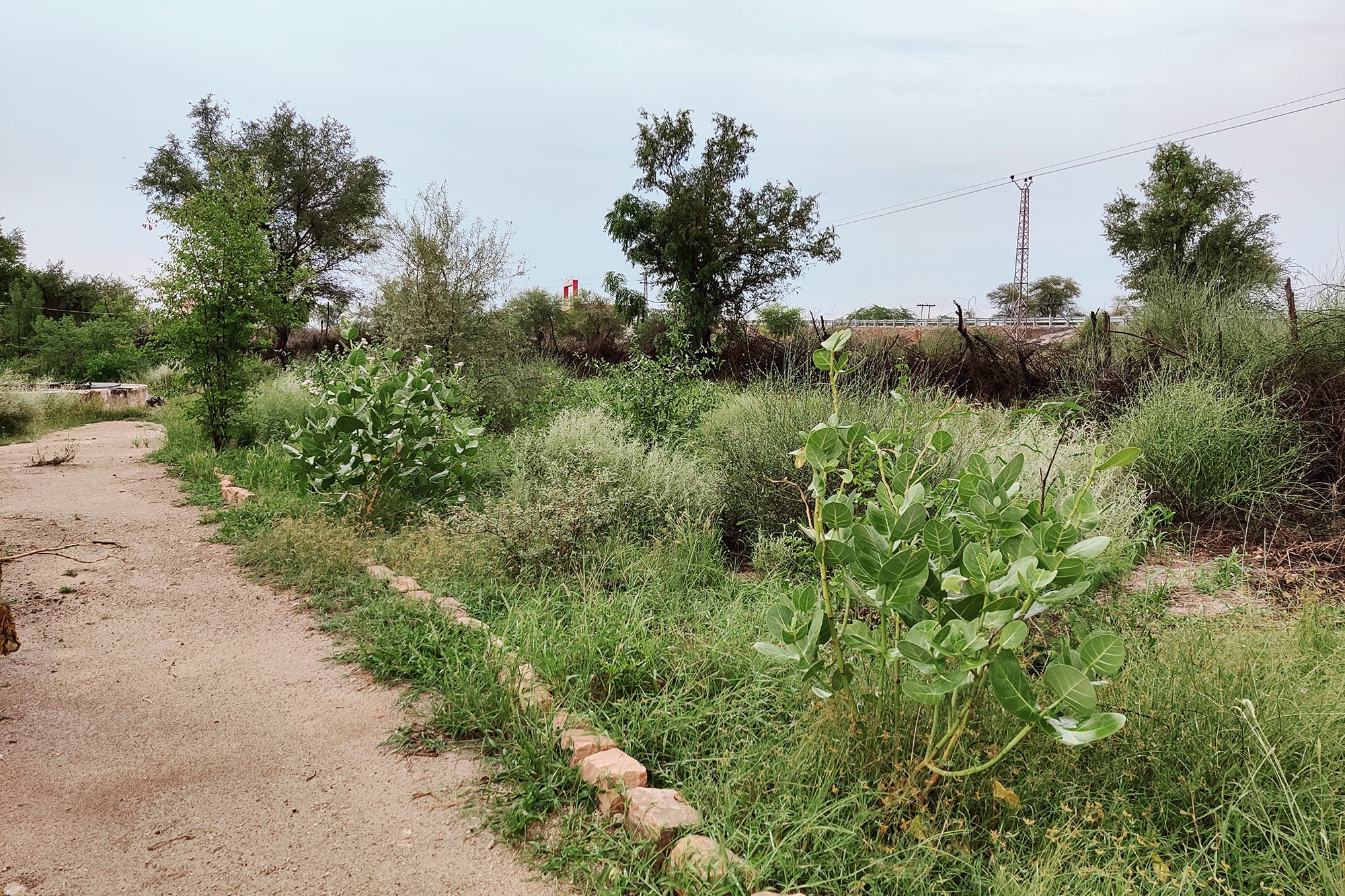


Biodiversity Notes:
As our landscape is vast empty desert land with tree density of 2 to 3 trees per acre, this forest provides respite and shelter for animals from nearby areas. Also, our earlier patches of forest near this patch play an important role in boosting biodiversity.
Observed animals include four species of snake, 11 species of bird and several types of pollinators, such as bees, wasps, and various butterflies. Other species identified include the porcupine (Hystrix indica), hedgehogs (Paraechinus micropus), desert fox (Vulpes vulpes pusilla), mongoose (Urva edwardsii), wild desert hare (Lepus nigricollis) and the desert gerbil (Meriones hurrianae).


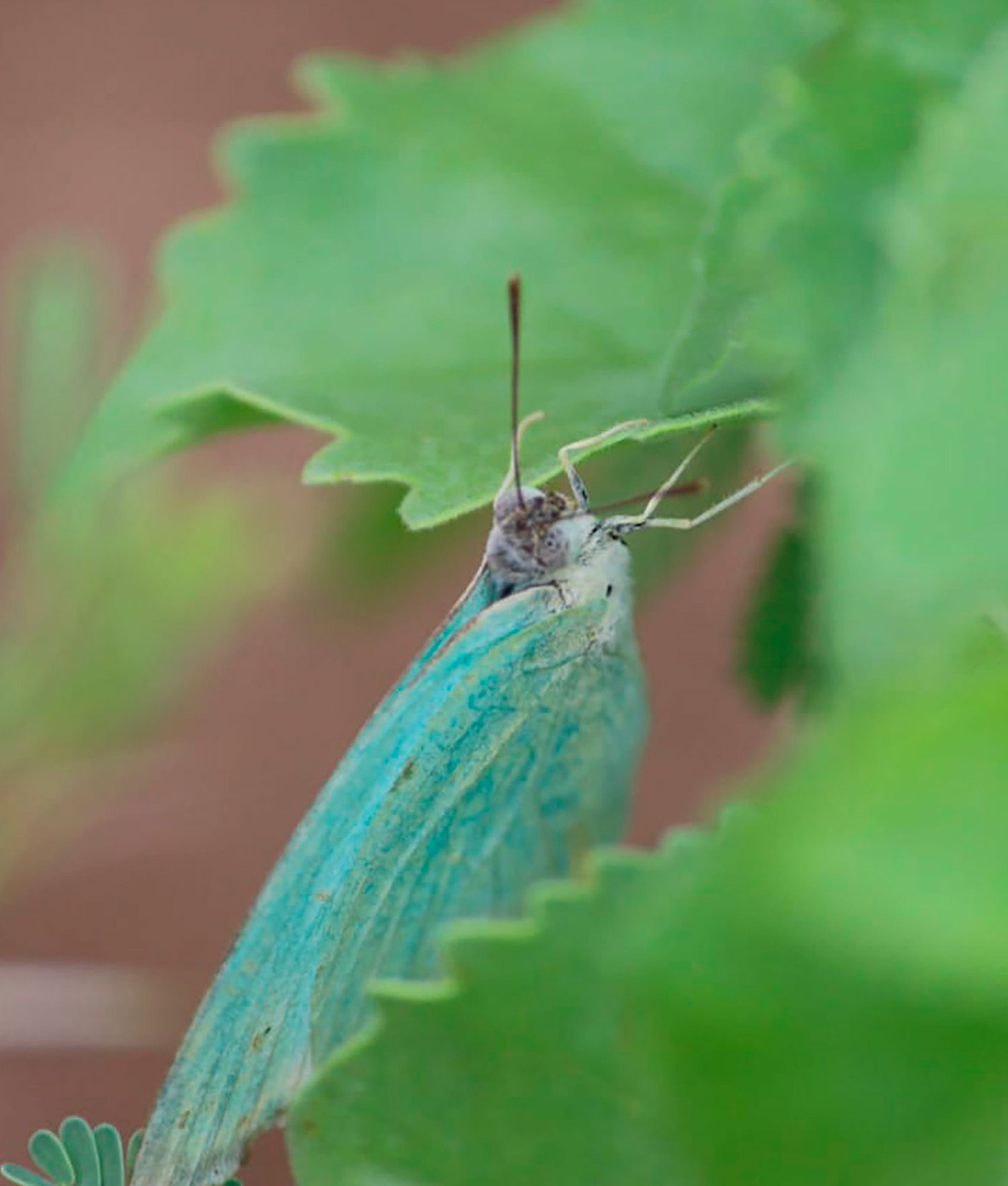

Forest Report: Planting
DATE: 12.11.2020



“In the last one year, we have learned that with just a little positive human intervention, nature bounces back at an exponential rate. This is a great example of how land devastated can be brought back to its natural equilibrium and restored to its natural glory.”
— Gaurav Gurjar
Forest Design

Why Maruvan
Rajasthan, the Desert State of India, has always been considered barren land. With this in mind, it has become one of the most ignored places for ecological restoration.
Due to overfarming, the common factors of degraded land and eroded topsoil are predominant. The time is now to revive the Thar Desert which has the potential of growing a forest.
Maruvan (Maru + van) means ‘Forest of the Desert’
Our goal is to plant along the Meethadi river which has its point of origin on ‘Maruvan’ and runs for 80km.
Today, every time the river floods during monsoons, it expands tremendously! Trees along the riverbank will avoid erosion. Our attempt will be to convert the Meethadi river from a seasonal (flows only during the Monsoons) to perianal (flows whole year) river.

The Research
We found a book, called Roonkh Satsai, in a school close to our land.
The book describes plantlife in Rajasthan, and its importance in relation to balanced environment and human welfare and health. The poet in Laxman Danji Kaviya has in a way enlivened the importance of plantation in the desolate desert where the surface is covered by wind-blown shifting sand dunes.
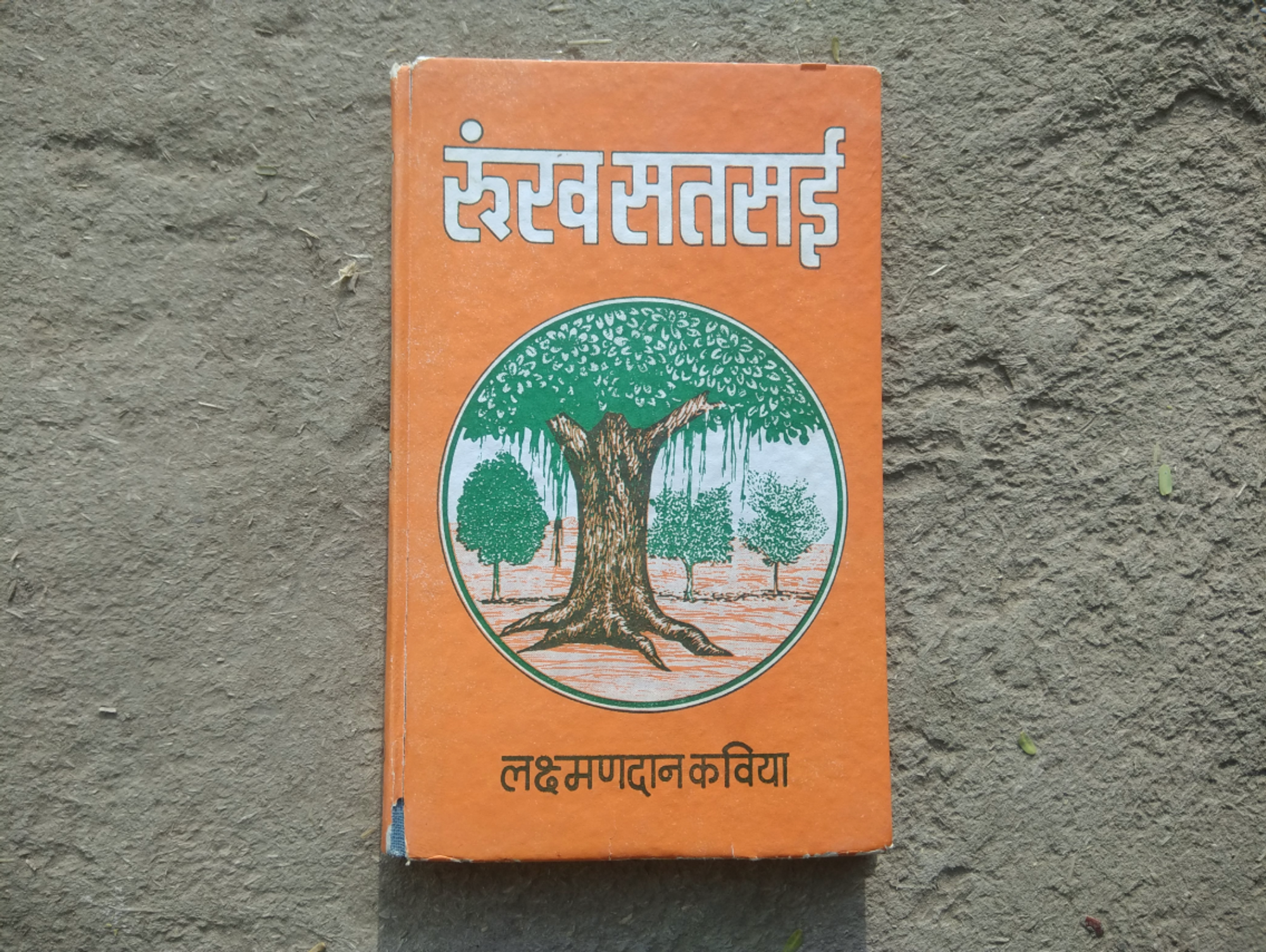
Discover more SUGi Projects


De Ark
A forest learning center in Sint-Niklaas


Langalibalele Forest
Cultivating a green oasis for community wellness and education.


Papenhof Forest
Nature-based therapy at the heart of a city



